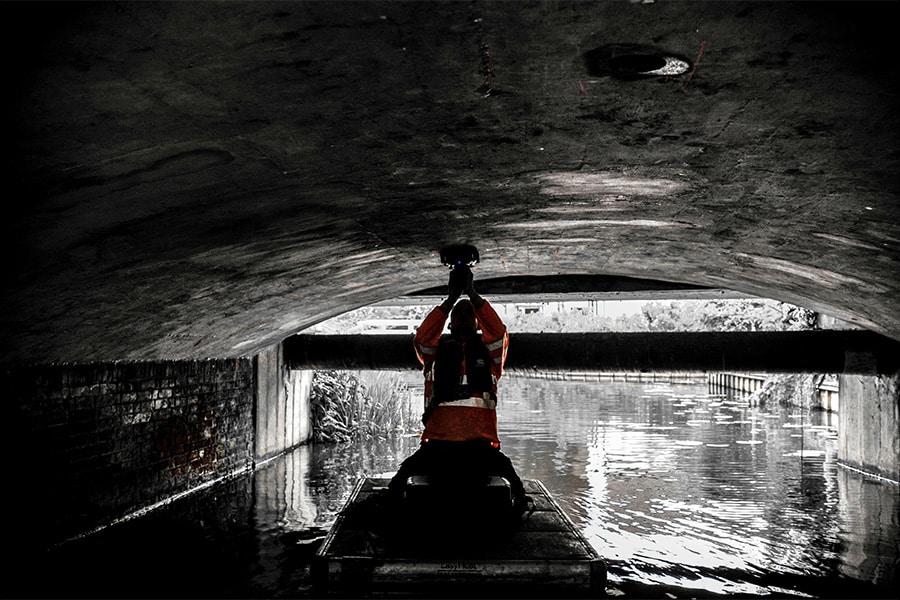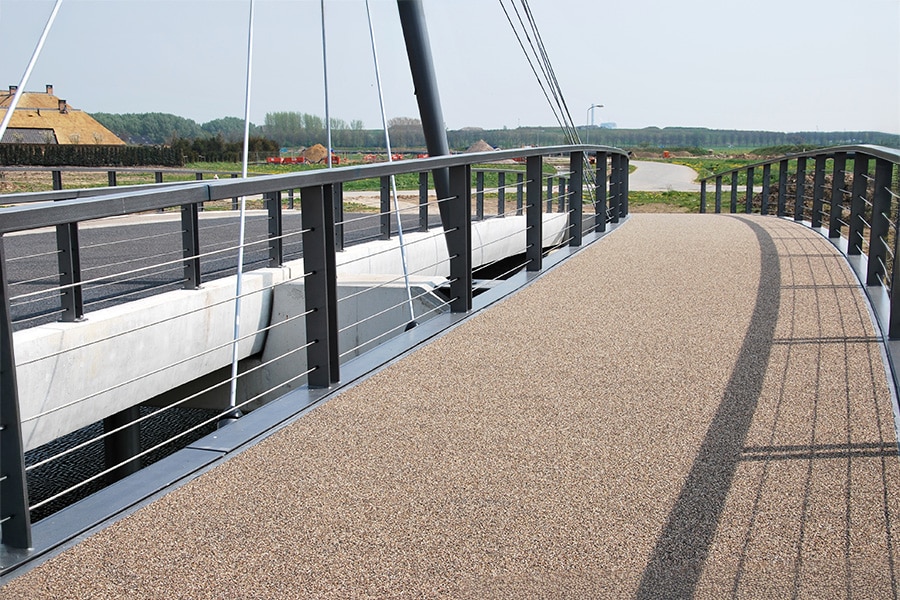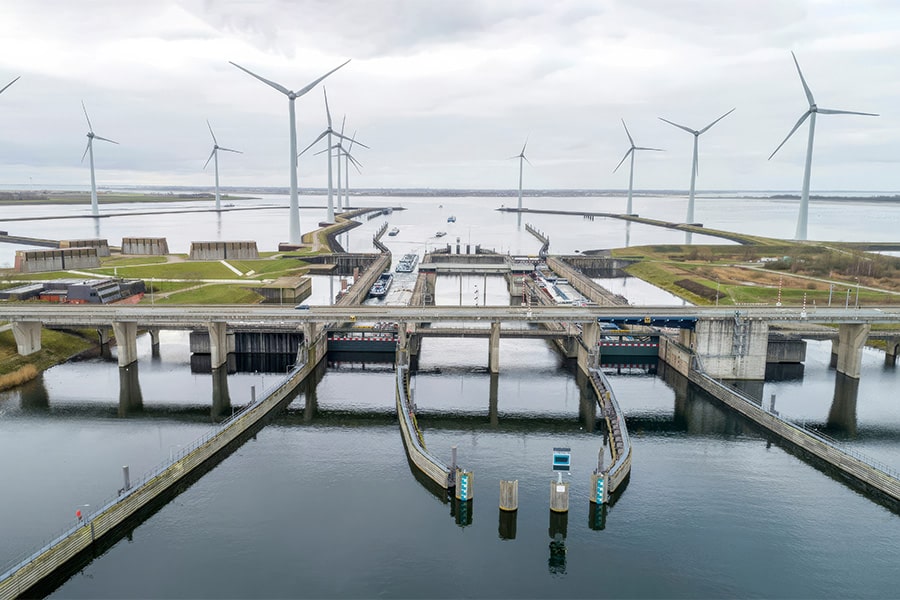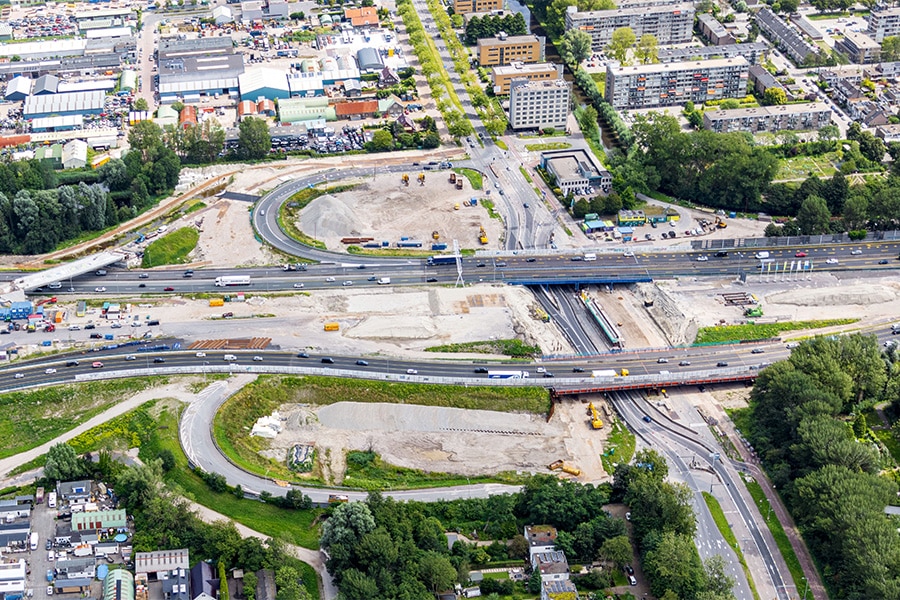
Not-uncommon preload for Maas Delta tunnel
The new A24 Blankenburg connection will connect the A20 near Vlaardingen with the A15 near Rozenburg starting in 2024. Part of this extensive infrastructure project is an immersion tunnel under the Scheur, called the Maas Delta Tunnel. This tunnel was built and pre-tensioned in two elements in Damen Verolme's enormous dry dock in Rotterdam. The latter in particular was a "thingy. Despite the gigantic size of the dry dock, it ultimately turned out to be centimeter work and DYWIDAG even flew in jacks from America.

DYWIDAG is a well-known player on the Blankenburg connection and is responsible for the prestressing of almost all the engineering structures. "The prestressing of the Maas Delta Tunnel takes the crown in this regard," says Robert Jansen of DYWIDAG. "It is a far from everyday construction. Initially, the idea was to build both tunnel elements on the ramps, but this was later abandoned. In terms of planning, of course, it was a relief to manufacture the tunnel elements on a pre-construction site, as this allowed the start of tunnel construction to be brought forward by six months. Despite this, it was still a complex puzzle in terms of execution."
Mortar from America
Both tunnel elements are slightly curved and built with their "toes" almost against each other in the dock. "It all only just fitted," Jansen knows. "That was also where the biggest challenge was for us: it was quite a puzzle to be able to tension the most dimensioned cable, because there was hardly any room for positioning the auger. We therefore specially had a shorter auger brought over from our unit in America to do the job. Incidentally, the tunnel elements are equipped with both transverse prestressing (structural) and longitudinal prestressing (for transport). Another special feature is that the cables were tensioned in the dry dock, but the last injection of the longitudinal prestressing was only carried out after sailing out. In this way, the elements still had the opportunity to set after being released from the floor in the dry dock. In fact, each element consists of several slots with a flexible joint between them. The transverse prestressing, on the other hand, was completely finished in the dock."
Floating injection
"Injecting into a floating element obviously brings challenges," says Jansen. "For example, how do you deal with the excess water, where do the injection hoses come out, how are you going to reach them? We opted for silos on the quay from which we enter the tunnel elements with hoses to inject the injection mortar with a continuous flow. In this way, the element is sailed to its final position as one rigid structure and immersed. Then the longitudinal prestress is cut through, so that the elements (read: slots) can set to the bottom." All in all, DYWIDAG once again processed impressive quantities of steel on this project, over 1,300 tons for the Maasdetlta Tunnel alone and 2,500 tons of steel for the entire project. "We hit the assigned milestones within this project without delays," Jansen looks back. "And at a time when steel is not easily available, that is quite a challenge. Together with BAAK, we managed to solve this well, including by creating a buffer at times."



